Exporting to Iran offers unique opportunities in a large and diverse market with a population of over 85 million people. Known for its significant reserves in oil and gas, Iran also has active industries in agriculture, mining, manufacturing, and technology, making it an attractive target for exporters. However, exporting to Iran comes with its own set of challenges due to regulatory requirements, sanctions, and cultural considerations. This guide explores essential insights, challenges, and strategies for successful trade with Iran.
Understanding Iran’s Market and Economic Landscape
Iran’s economy is diverse, with key sectors including energy, agriculture, automotive, pharmaceuticals, and consumer goods. The country has abundant natural resources and a strong manufacturing base, while its young and educated workforce offers opportunities in sectors like technology and innovation. Furthermore, the government has made moves toward economic diversification, reducing reliance on oil and creating demand for foreign goods, technology, and investment in various industries.
Key products in demand for import to Iran include:
Machinery and Equipment: Iran’s manufacturing and industrial sectors require modern machinery, making this a high-demand category.
Healthcare and Pharmaceuticals: Iran seeks medical devices, pharmaceuticals, and healthcare technology to support its medical infrastructure.
Consumer Goods: With a young population, consumer electronics, personal care products, and clothing are popular.
Agricultural Products: Iran imports certain agricultural commodities to meet the needs of its large population.
Technology and Innovation: Demand for tech solutions and digital innovations has increased, especially with growing e-commerce and tech industries.
Read more: Iran Shipping Company
Contact us to inquire about shipping rates.
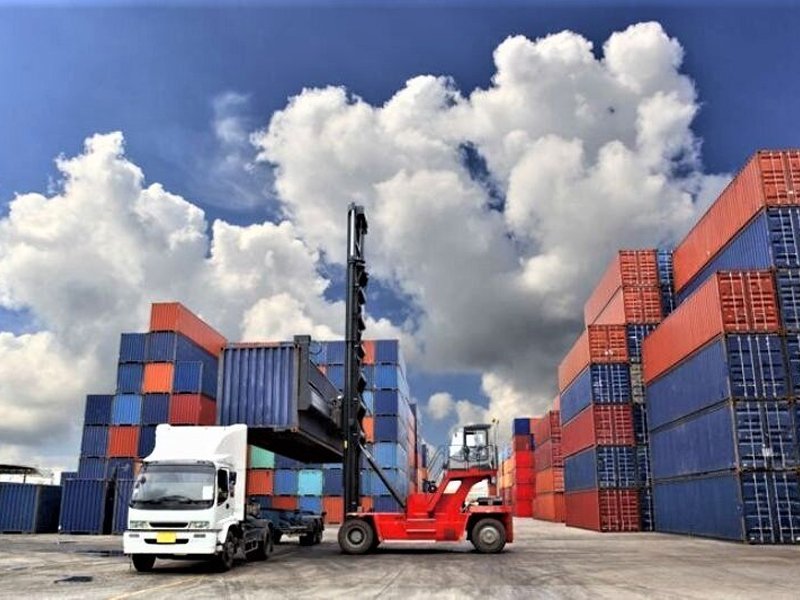
Navigating Sanctions and Regulations
Trade with Iran is complex due to international sanctions imposed by countries like the United States, which restrict trade activities and financial transactions with certain Iranian entities. However, there are still opportunities, especially for exporters in countries not bound by U.S. sanctions, or those dealing in goods exempt from sanctions, such as food, medicine, and humanitarian supplies.
Key regulatory considerations include:
Sanctions Compliance: Exporters must thoroughly understand sanctions and ensure compliance to avoid penalties. Check with your country’s regulatory bodies and consult legal advisors to ensure compliance.
Licensing Requirements: Certain goods require import licenses for entry into Iran. It’s essential to research whether your product category has specific licensing or regulatory needs.
Customs Documentation: Prepare comprehensive documentation to streamline customs clearance. Essential documents include invoices, packing lists, certificates of origin, and health or safety certifications for specific products.
Payment and Financial Transactions
Due to financial restrictions, payment processes can be challenging. Here are a few recommended approaches:
Third-Party Financial Services: Use third-party financial services, where permissible, to facilitate transactions. Some companies in regions not under sanction restrictions have established methods for secure trade finance.
Letters of Credit (L/C): Letters of credit are often used to guarantee payment and minimize risk. This ensures that payment will be made once delivery is confirmed, reducing risk for exporters.
Currency and Banking: Iran primarily operates in its local currency, the Iranian rial (IRR). Exporters may need to negotiate payment terms, factoring in currency volatility and exchange rate risk.
Read more: Shipping to Iran
Logistics and Shipping to Iran
Iran’s strategic location in the Middle East provides access to multiple trade routes and allows it to serve as a connection point to neighboring regions. Here are the main considerations in logistics:
Shipping Routes: Iran has access to both the Persian Gulf and Caspian Sea, with key ports like Bandar Abbas and Chabahar facilitating trade. For land-based routes, Iran’s rail and road networks connect it to neighboring countries.
Warehousing and Storage: Iran’s growing logistics infrastructure provides warehousing solutions, particularly in larger cities like Tehran, Isfahan, and Mashhad. Research your distribution needs based on the locations you plan to serve.
Customs and Import Duties: Research customs duties and taxes that may apply to your products. Rates can vary widely depending on the type of goods and other factors. Having a local customs broker can be beneficial in navigating import requirements.
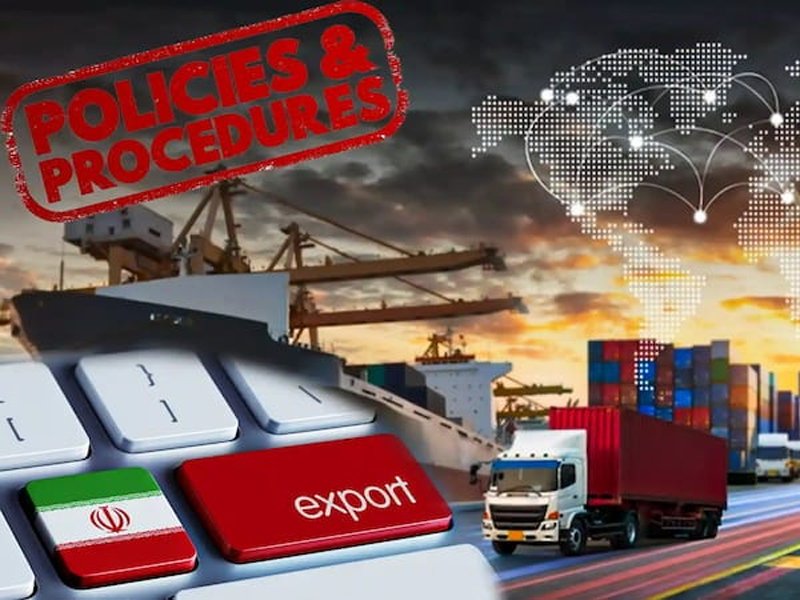
Cultural Considerations for Exporting to Iran
Understanding Iran’s business culture can enhance relationship-building and facilitate smoother trade negotiations. Iranian culture values trust and personal relationships, so investing time in building rapport with local partners is essential. Business communication tends to be formal, respectful, and detail-oriented.
Tips for building strong business relationships:
Engage in Relationship-Building: Strong connections and trust are key. Face-to-face meetings, where possible, or video conferences can help in establishing a personal rapport.
Respect Hierarchies: Iran’s business culture respects authority and hierarchy. In negotiations, address senior representatives with respect and be prepared for structured decision-making processes.
Language Considerations: While many Iranian business professionals speak English, working with a Farsi interpreter or having translated materials can enhance communication and demonstrate respect for local customs.
Read more: Best Freight Forwarder Company in Iran
Finding a Local Partner
Having a local partner or distributor can facilitate entry into the Iranian market. A local partner can help navigate regulatory requirements, customs, and cultural nuances, while also providing valuable insight into consumer preferences and competitive dynamics.
Considerations for finding a local partner:
Conduct Due Diligence: Ensure your potential partner has a positive track record, financial stability, and a good reputation within their industry.
Establish Clear Terms: Define roles, responsibilities, and financial terms in a formal contract. This helps prevent misunderstandings and protects your interests.
Evaluate Industry Connections: A well-connected partner can open doors to distribution channels, government support, and market insights.
Marketing and Consumer Preferences
Iranian consumers are diverse and have distinct preferences that exporters should consider. Here are some factors:
Digital Presence: Iran has a growing online community, with platforms like Instagram and Telegram widely used. For consumer products, a digital presence can help raise brand awareness and engage with potential customers.
Quality and Affordability: Iranian consumers often prioritize quality but are price-sensitive. Competitively priced goods that maintain high standards can gain traction.
Packaging and Labeling: Products should have Farsi labels and comply with Iranian standards for safety and quality. Packaging that is attractive and adapted to local preferences can make a difference in consumer acceptance.
Assessing Market Entry Strategies
Exporters can choose from different market entry strategies based on their resources and goals. Key strategies include:
Direct Exporting: Exporting directly to buyers or distributors in Iran, handling logistics, and sales in-house.
Joint Ventures or Partnerships: Forming partnerships with Iranian businesses can share risk and reduce initial investment costs.
Franchising or Licensing: For consumer brands, franchising may allow for brand expansion without direct involvement in operations.
Conclusion
Exporting to Iran is a complex but potentially rewarding opportunity. By understanding the regulatory environment, addressing logistical and payment challenges, and embracing cultural nuances, exporters can successfully navigate Iran’s unique market. With the right strategy, Iran’s consumer demand, young population, and expanding industries present a favorable environment for growth and collaboration in a range of sectors.
FAQs
Exporting to Iran presents challenges like navigating international sanctions, complying with complex import regulations, and handling currency and payment restrictions. Working with legal advisors and selecting a reputable local partner can help overcome these obstacles.
High-demand products include machinery and industrial equipment, healthcare and pharmaceuticals, consumer electronics, agricultural goods, and technology solutions. Iran’s young population and developing industries also increase demand for consumer goods and modern technology.
Shipping methods include sea freight, primarily through ports like Bandar Abbas, and air freight for faster delivery. Rail and road networks also connect Iran with neighboring countries, allowing for overland transport.
Payment can be challenging due to banking restrictions. Letters of credit (L/C) are a preferred method to secure payments. In some cases, third-party financial services can facilitate transactions within legal boundaries. Consulting with trade finance experts can help mitigate risks.
While not mandatory, having a local partner can greatly simplify the process. A local distributor or agent can assist with regulatory requirements, logistics, and navigating Iran’s cultural nuances, increasing the likelihood of market success.

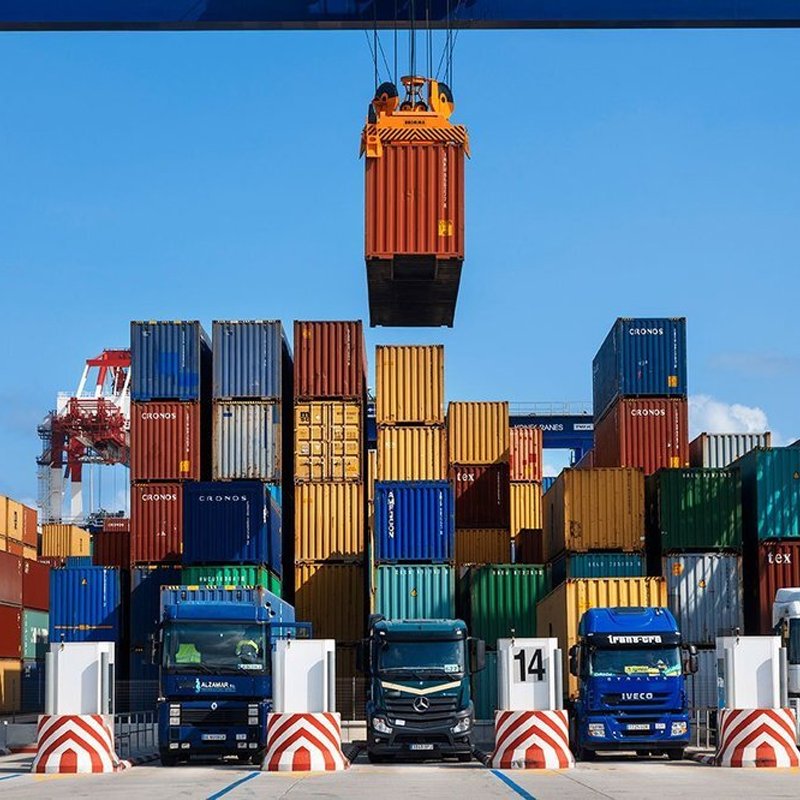

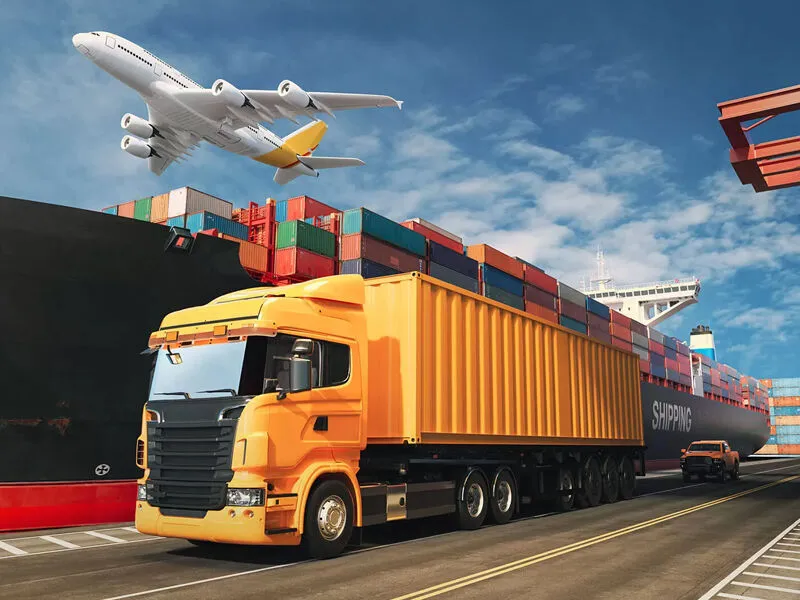
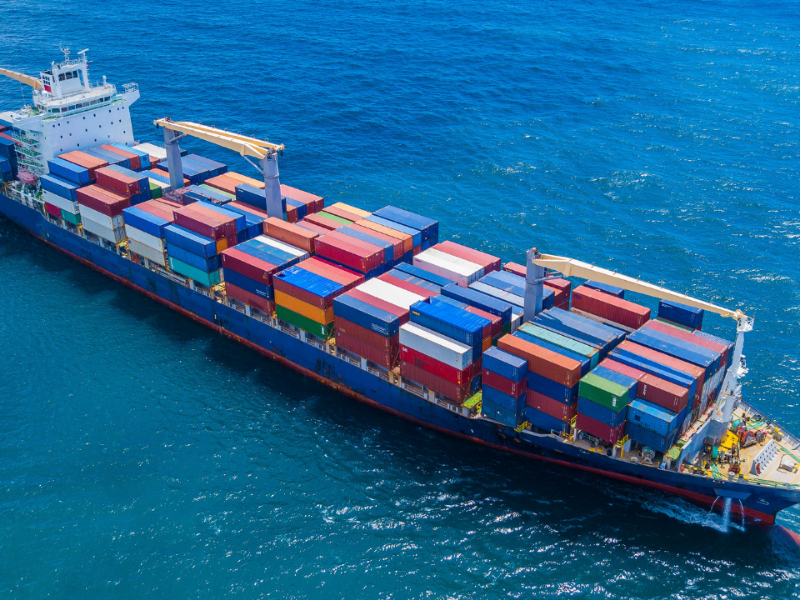


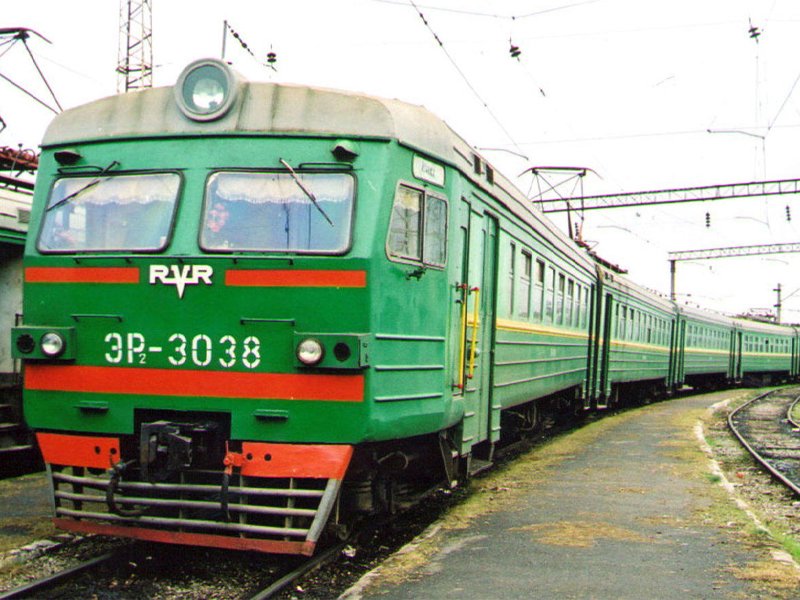


Recent Comments